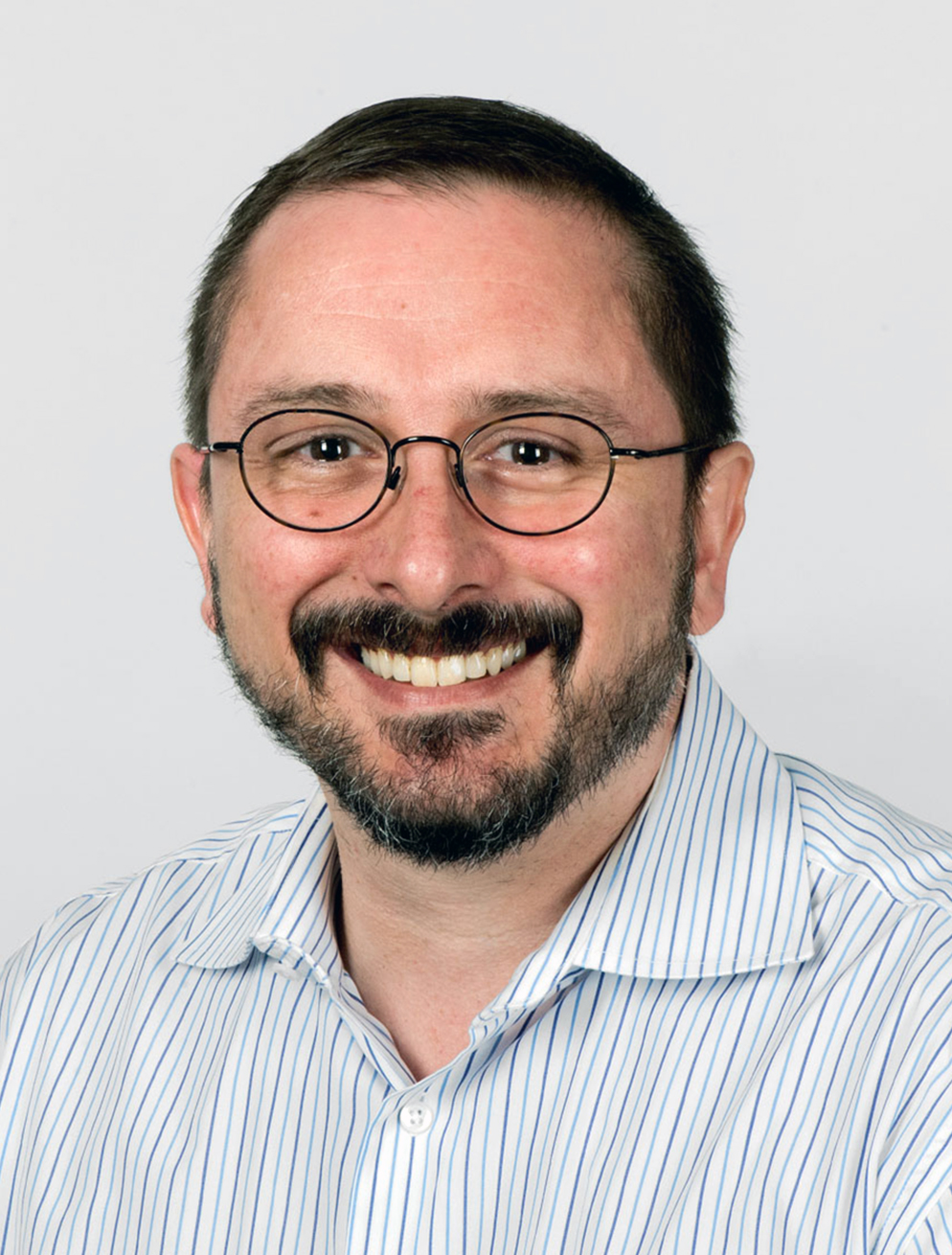PD Dr. Paolo Cinelli

Center for Clinical Research, Clinic for Trauma Surgery, University Hospital Zurich;
Center for Preclinical Development, University Hospital Zurich and University of Zurich
Clinic for Trauma Surgery
Center for Preclinical Development
Contact
The main research focus of our laboratory is the establishment, characterization, analysis of stem cells and in particular the study and implementation of their potential for therapeutic and medical applications. Stem cells are a powerful tool not only for the study of biological processes, but also for their potential therapeutic application. One of the main issues with the use of stem cells for clinical applications is the ability to maintain these cells outside of the body (in vitro) in a self-renewing pluripotent and/or multipotent state and to precisely differentiate them to specific cell types. The mechanisms underlying maintenance and determination of pluripotency as well as the ones driving differentiation are nevertheless still largely unknown. Our laboratory has two main research focuses:
1) Understanding the molecular mechanisms involved in the regulation of pluripotency and differentiation in preimplantation embryos, embryonic stem cells (ESCs), induced pluripotent stem cells (iPSCs) and mesenchymal stem cells (MSCs).
For these studies we are performing state of the art high throughput screenings at transcriptomic and proteomic levels, we are routinely deriving embryonic stem cells from different species and generating iPSCs through reprogramming from mouse and human somatic cells. In particular we are interested in optimizing the generation of patient specific iPSCs for the development of personalized medicine, like drug screening and tissue engineering. In the past years, we could identify factors important for the maintenance of pluripotency (Casanova et al., Stem Cells 2011) and in driving reprogramming of somatic cells (Weber et al., Stem Cells 2013).
2) Development and optimization of tissue engineering approaches for bone regeneration with pluripotent and multipotent stem cells.
Our translational research concentrates on the identification of populations of multipotent stem cells which can be prospectively used for the development of bone bioengineering technologies. We are particularly interested at developing tissue engineering approaches for promoting healing fractures with a critical size bone defect. These are bone fractures producing a gap that is not able to completely heal from alone over long periods of time. The main issue is that MSCs are a heterogeneous population of progenitors and lineage-committed cells harboring a broad range of regenerative properties. We therefore aim at better characterizing subpopulations of stem/progenitor cells contained in the pool of cells isolated from fat tissue. We could for example show that a subpopulation of CD146+NG2+CD45- population of pericytes in MSCs can efficiently generate osteoblasts in vitro, colonize cancellous bone scaffolds and successfully contribute to regeneration of large bone defects in vivo in a mouse model for critical size bone injury (König et al., Cytotherapy 2015).